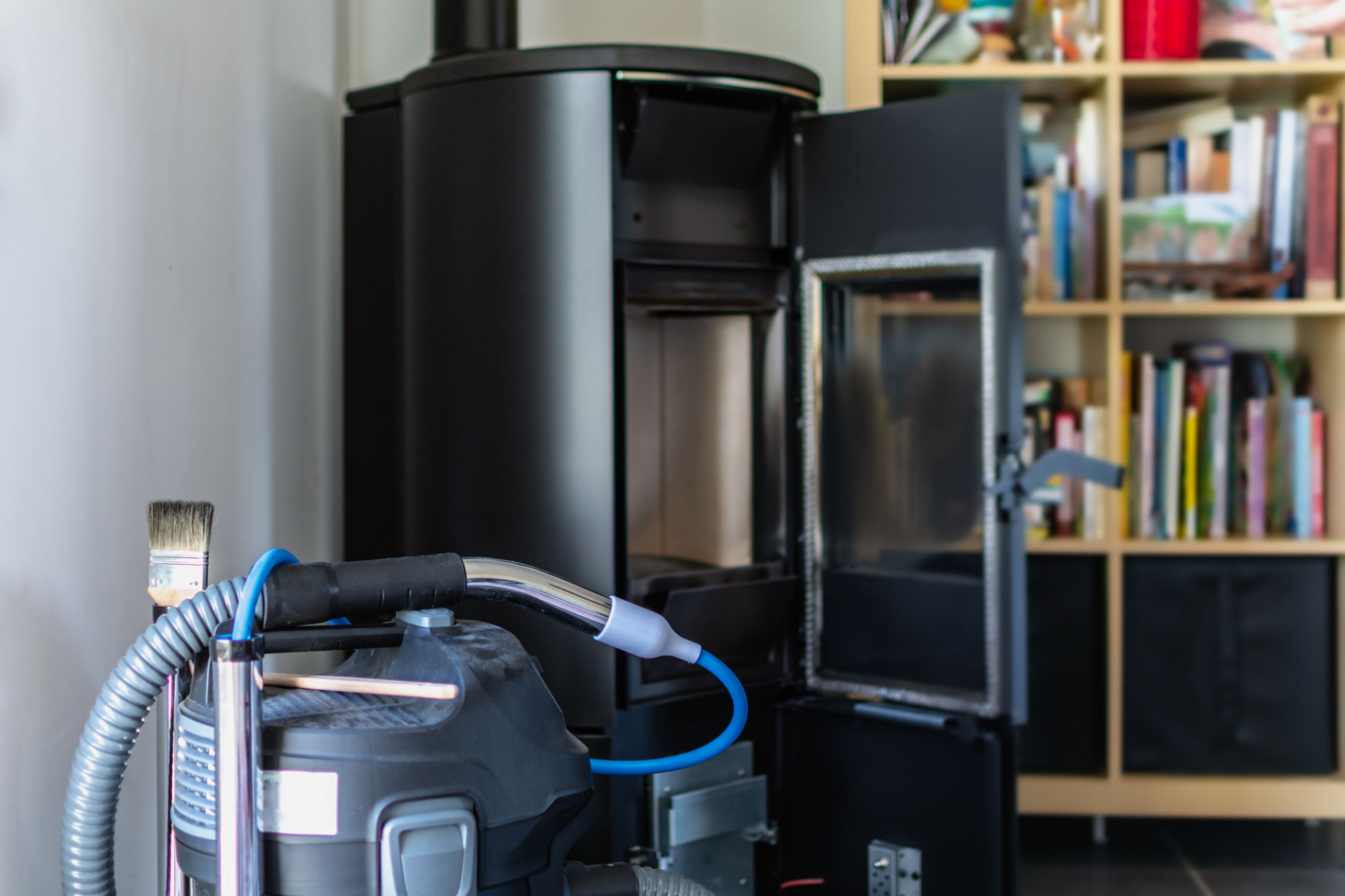Charcoal vs. Biomass Wood Pellets: Which is Better for Your Home?
Understanding Charcoal and Biomass Wood Pellets
When it comes to heating your home, selecting the right fuel source is crucial for both efficiency and environmental impact. Two popular choices are charcoal and biomass wood pellets, each with its own set of advantages and disadvantages. Understanding these differences can help you make an informed decision that best suits your needs.

Charcoal is a traditional fuel that has been used for centuries. It is made by heating wood in the absence of oxygen, which removes water and other volatile components, leaving behind a carbon-rich material. On the other hand, biomass wood pellets are a more modern option. Made from compressed sawdust and other wood waste, they offer a renewable energy source that is growing in popularity.
Efficiency and Heat Output
One of the primary considerations when choosing between charcoal and biomass wood pellets is their efficiency and heat output. Charcoal is known for its high energy content and long-lasting burn, making it ideal for applications that require intense heat over extended periods.
Biomass wood pellets, however, offer a different kind of efficiency. They are designed for use in pellet stoves or boilers, which can provide consistent and controllable heat. The combustion process is highly efficient, often surpassing that of traditional wood logs, making them an excellent choice for home heating.

Environmental Impact
The environmental impact of your fuel choice is another critical factor to consider. Charcoal production can contribute to deforestation and carbon emissions if not managed sustainably. It also releases more particulate matter when burned, which can contribute to air pollution.
In contrast, biomass wood pellets are considered a more environmentally friendly option. They are typically made from renewable resources such as sawdust and wood waste, helping to reduce the amount of waste directed to landfills. Additionally, the carbon emissions from burning biomass pellets are generally lower than those from charcoal.

Cost Considerations
The cost of fuel is always a consideration for homeowners looking to manage their budget effectively. Charcoal prices can vary widely depending on the region and supply chain factors, and they may not always be the most economical choice.
Biomass wood pellets often present a more stable pricing model. As they are produced from waste materials, their cost can be less susceptible to market fluctuations. Additionally, the efficiency of pellet-burning appliances often translates into savings over time.
Convenience and Storage
Convenience and storage are practical considerations when choosing a home heating solution. Charcoal is widely available and easy to store but requires careful handling to prevent moisture absorption, which can affect its performance.
Biomass wood pellets are compact and easy to store in large quantities. They come in bags or bulk deliveries that can be easily managed within your home. Pellet stoves also offer automated feeding systems, reducing the need for constant monitoring.

Conclusion: Making the Right Choice
Ultimately, the choice between charcoal and biomass wood pellets depends on your specific needs and priorities. If you prioritize high heat output and tradition, charcoal might be your go-to option. However, if you are looking for a more sustainable and efficient solution with stable costs, biomass wood pellets could be the better choice for your home.
Consider your local availability of these fuels, as well as any environmental regulations in your area, before making a decision. Whichever option you choose, both charcoal and biomass wood pellets offer viable solutions for home heating.